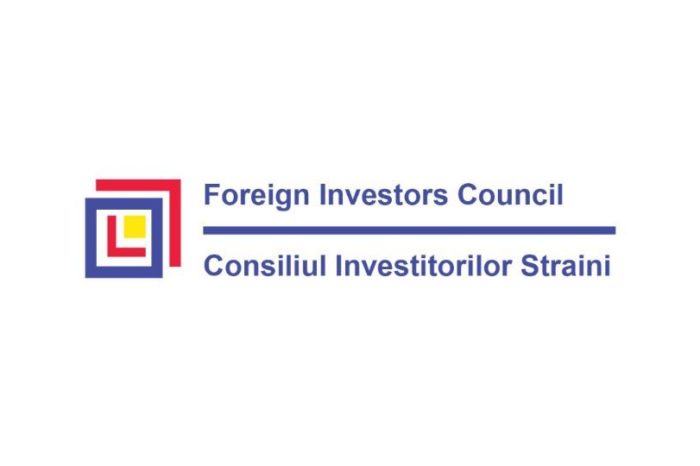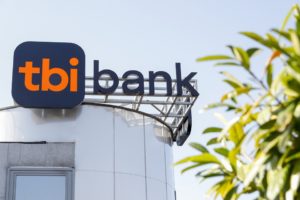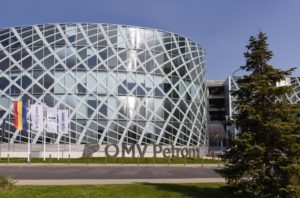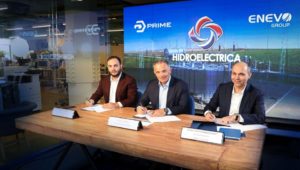Code Of Good Practice for Renewable Energy: Romania needs to install 3 times more wind capacity and 10 times more solar capacity than the existing ones, to meet the European targets
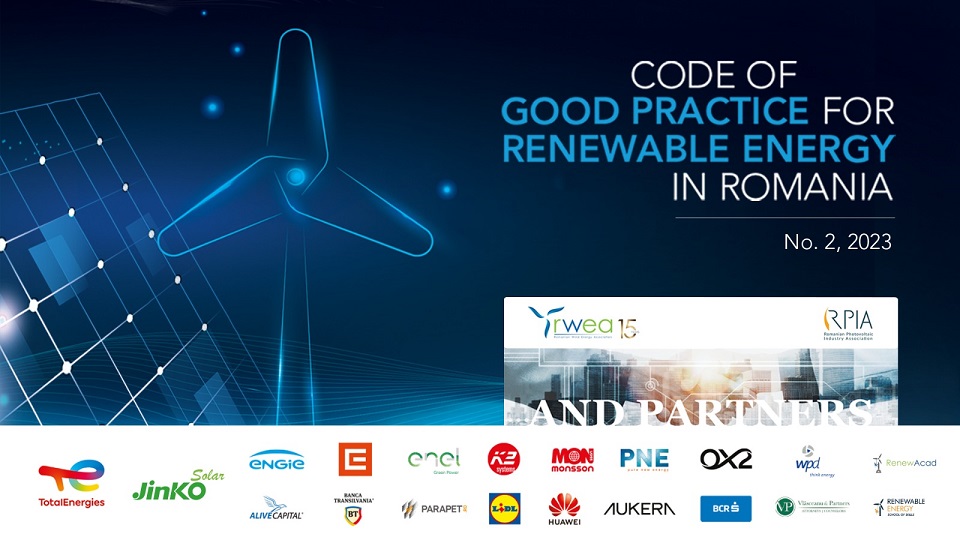
The Romanian Wind Energy Association (RWEA) and the Romanian Photovoltaic Industry Association (RPIA) together with specialists in energy, technology, communication, legislation, and regulations launch the Code of Good Practice for Renewable Energy in Romania, 2023 edition. Endorsed by key industry players at local and international level, the document includes market analyses, interviews, opinions, and case studies, and shows the need to accelerate investment in the sector.
In the context of RePower EU, to reach the new European targets, Romania needs an installed capacity of 11.5 GW in wind energy, three times more than the existing one. Also, at national level, 11.1 GW installed in photovoltaic sources are needed, of which 6.1 GW in utility scale and 5 GW in non-utility solutions, according to the latest study carried out by RWEA and RPIA in collaboration with Deloitte and E3-Modelling.
“The energy transition is a complex, gradual process that depends on a number of variables. One of the main challenges, with a significant impact on the national ambitions and the associated benefits, is related to the objectives established through the PNIESC, which are currently far below the natural potential of our country. What if we turned challenges into opportunities by leveraging our country’s extraordinary natural wind and solar potential? The coming years represent the perfect moment for Romania to start capitalizing on the energy transition, leveraging geopolitical opportunities,” said Liviu Gavrilă, Vice-president of RWEA.
“The coming years will represent a maturity test for the energy market in Romania. We have the perfect opportunity for renewable energy to become a catalyst for economic development. An energy system based on green resources, with a developed and digitalized transmission and distribution grid, with smart technologies and employment opportunities – this is what the future will look like if we follow the right path”, said Andrei Manea, Executive Director of RPIA.
The Code of Good Practice includes seven chapters that reflect the capacities installed in renewables sources in the country, investment and financing opportunities, legislative and regulatory changes in the last two years, market mechanisms, challenges related to the development of the national value chain and the labour market. The document shows that the new European targets increase the potential to create jobs in the economy. In a moderate scenario, Romania needs 20,000 new jobs for the operation of wind and photovoltaic parks, by 2030.
Among the key actions reflected in the Code of Good Practice for accelerating investments in renewables there are the expansion and the optimization of the electricity transmission and distribution grid, the intelligent use of European and national funds intended for the energy sector, the diversification of investment instruments, including by closing PPAs or implementing CfDs, the encouragement in developing the national value chain and the labour market. At the same time, a stable legislative and regulatory framework increases long-term investor confidence.
The Code of Good Practice for Renewable Energy in Romania is intended for all actors involved and interested parties from the public and private environment and can be consulted on the dedicated web page, goodpractice.rpia.ro. It was made with the help of editorial partners DLA Piper, Energy Policy Group and Deloitte Romania.
The following companies also contributed to publishing the Code of Good Practice: TotalEnergies, JinkoSolar, Engie Romania, CEZ Romania, K2 Systems, Enel Green Power Romania, Aukera, PNE AG, Monsson, Alive Capital, Banca Transilvania, BCR, Huawei, OX2, WPD, Vlăsceanu & Partners, Parapet, Monsson, Lidl Romania.



